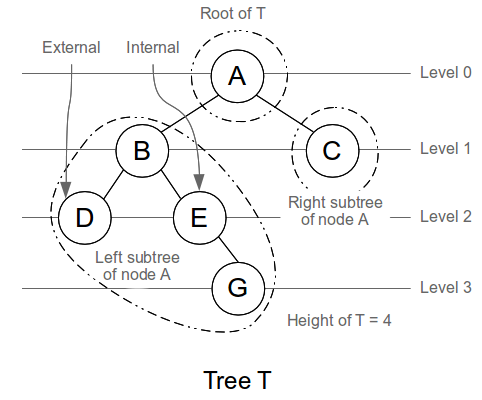Given a street (a straigt line), a set of houses (points on that line) and a number of wireless access points (not placed yet), find the minimum range required for the access points to cover all the houses.
A binary search solution:
- Given the houses’ positions and the ranges, we can find the required number of access points
n'. It’s correct to calculate this using some greedy algorithm. - If
n'<n(we have extra access points), decrease the range. Otherwise, increase the range.
#include <algorithm>
#include <iostream>
#include <string>
#include <vector>
#include <cmath>
using namespace std;
const double eps = 10E-4;
vector<int> house;
int nPointReq(double d) {
int n = 1;
double covered = house[0] + d;
for (size_t i = 0; i < house.size(); ++i)
if (house[i] > covered)
covered = house[i] + d, ++n;
return n;
}
int main() {
int nCase, nPoint, nHouse;
cin >> nCase;
cout.precision(1);
while (nCase--) {
// input
cin >> nPoint >> nHouse;
house.clear();
for (int i = 0, d; i < nHouse; ++i)
cin >> d, house.push_back(d);
sort(house.begin(), house.end());
// solve
double lD = 0, mD, hD = house[house.size() - 1];
do {
mD = (hD + lD) / 2.0;
if (nPointReq(mD) > nPoint)
lD = mD;
else
hD = mD;
} while (hD - lD > eps);
cout << fixed << (round(mD * 10) / 20.0) << endl;
}
return 0;
}




